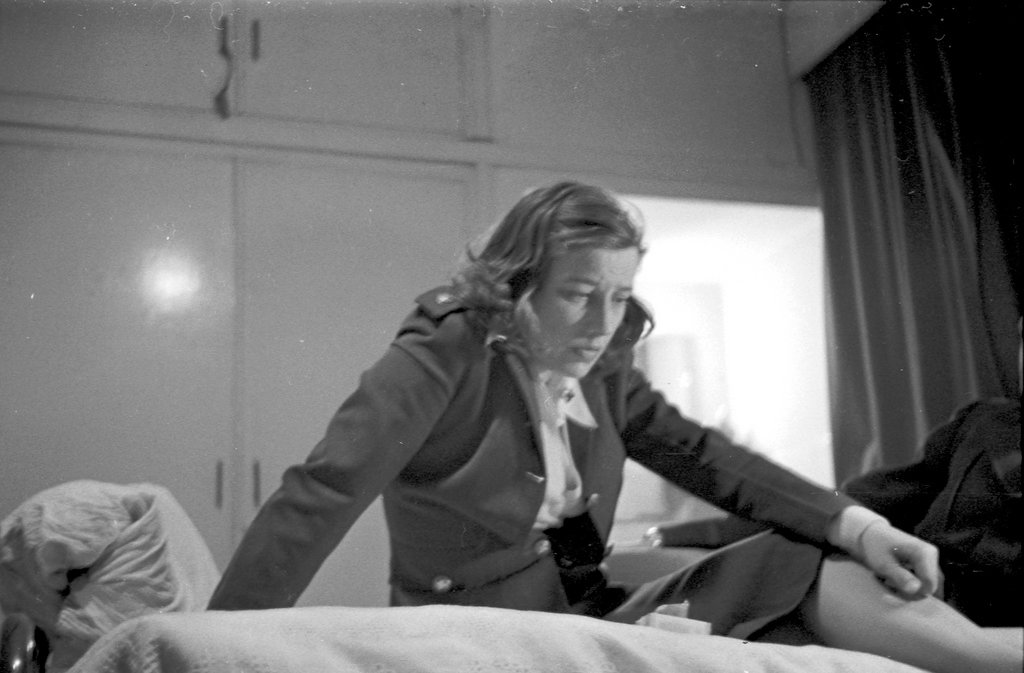Course correction
With my book’s publication imminent and my return to the job market beginning to, if not loom, then at least creep up, it’s time to think about what’s next in terms of a research programme. I had been thinking of something to do with mystery aircraft, and indeed my next small research project, on scares […]


